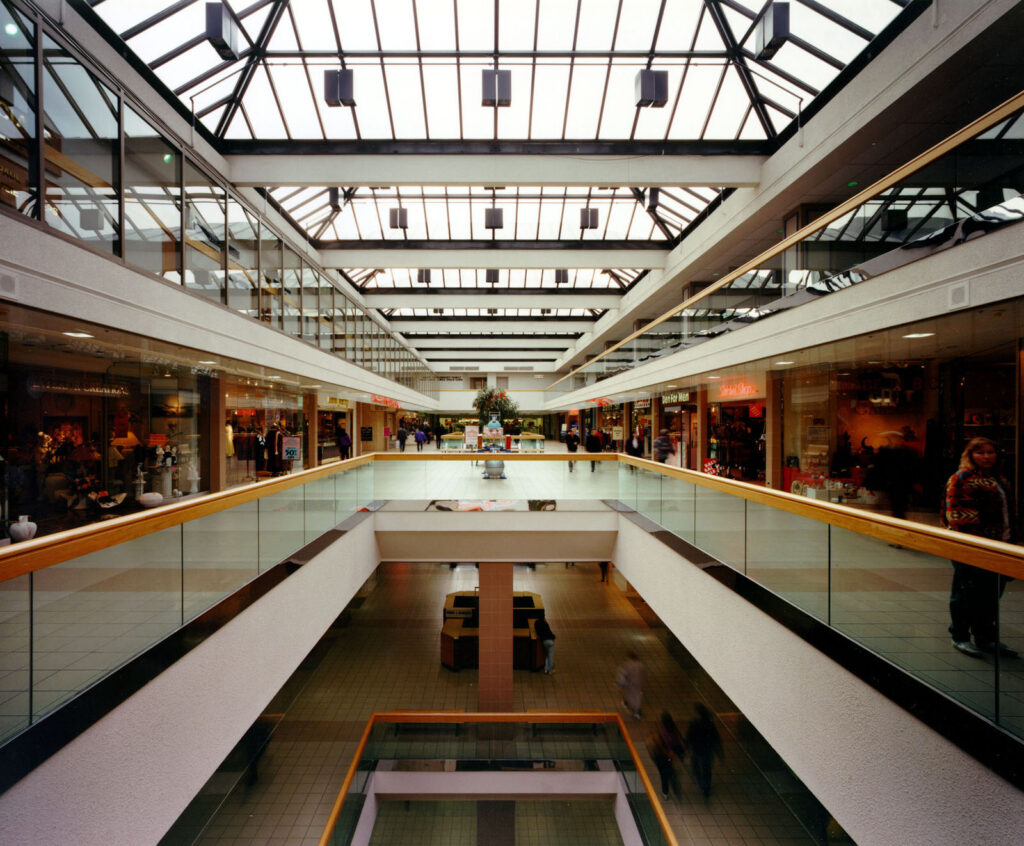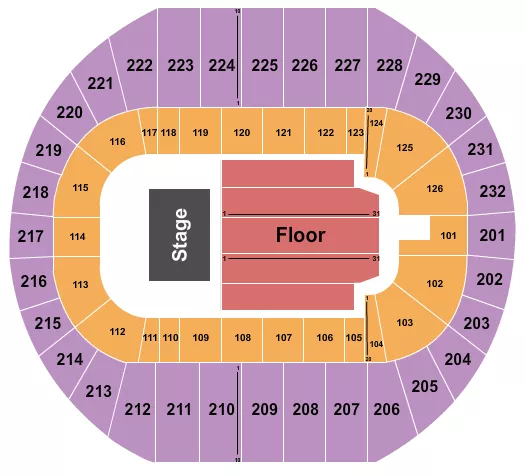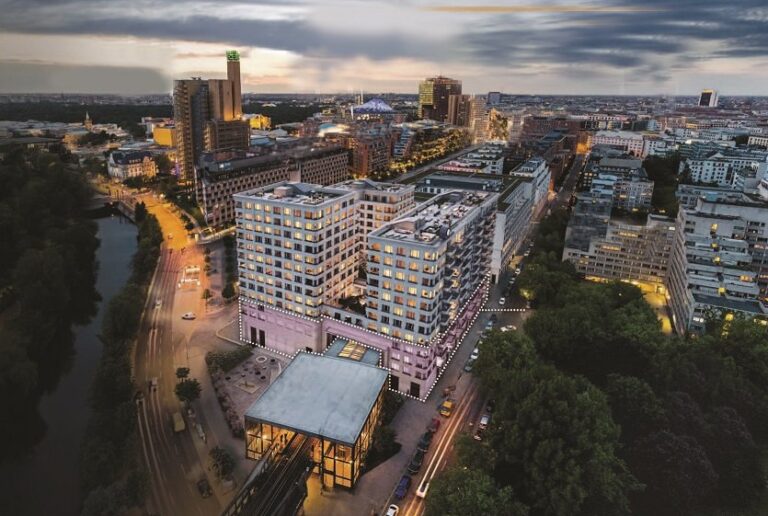
Introduction to Metrotown
Metrotown, located in the heart of Burnaby, British Columbia, is one of the most significant urban centres in Canada. As a vital commercial and residential district, it serves not only the local community but also attracts visitors from across the Greater Vancouver area. Its development and growth have been pivotal in shaping the retail landscape and urban lifestyle in the region.
Commercial Development
Over the past two decades, Metrotown has transformed into a bustling retail paradise, anchored by the Metropolis at Metrotown shopping mall. This facility is the largest shopping centre in British Columbia, housing over 400 stores and services. In 2023 alone, the mall saw a significant increase in foot traffic, with more than 18 million visitors, underscoring its importance as a shopping destination.
In response to the rising demand, new businesses have continuously opened their doors, from popular cafes and eateries to high-end boutiques. Major brands recognize the potential of this urban hub, leading to an expansion of their presence in the area.
Community Impact and Urban Living
The Metrotown area is not just about shopping; it is also a thriving community with various amenities that cater to its residents. Recently, there has been a push for more affordable housing options, as property prices in Metro Vancouver soar. The city of Burnaby is addressing this by incorporating mixed-use developments that integrate residential spaces with local businesses.
In 2023, the Burnaby City Council unveiled plans to increase green spaces and recreational areas surrounding Metrotown. This initiative aims to enhance community engagement and provide residents with more outdoor activities, thereby contributing to a balanced urban lifestyle.
The Future of Metrotown
As Metrotown continues to evolve, the future looks promising. Urban planners are currently working on transportation improvements to better connect Metrotown with other parts of the Lower Mainland. Expansions to the SkyTrain network are anticipated, which would further facilitate ease of access for residents and visitors alike.
Moreover, the increasing focus on sustainable development will likely lead to more eco-friendly initiatives in the area, ensuring that Metrotown adapts to the changing preferences of urban dwellers who prioritize sustainability.
Conclusion
Metrotown is a prime example of an urban area that combines commercial vibrancy with community living. As it grows and evolves, it continues to attract more individuals to experience its offerings. With future developments on the horizon, Metrotown is well-positioned to remain a vital part of the metropolitan landscape in British Columbia, promising to deliver a blend of economic vitality and community well-being for years to come.






